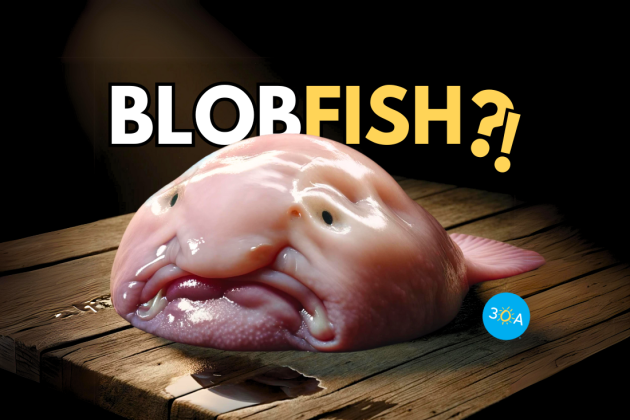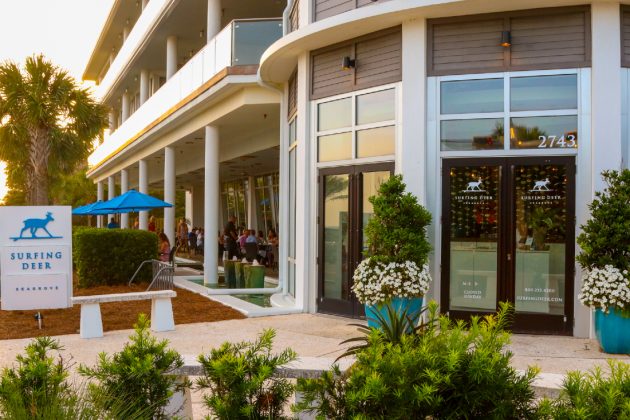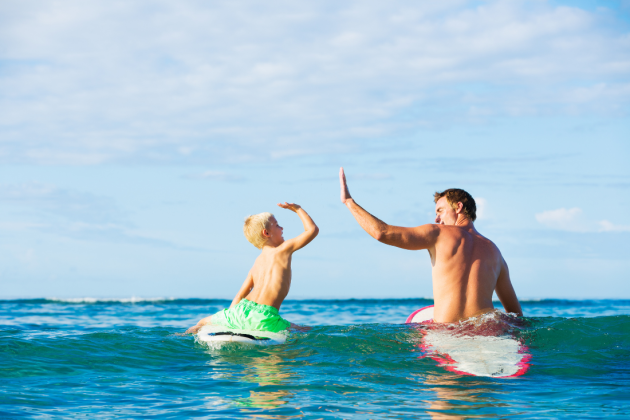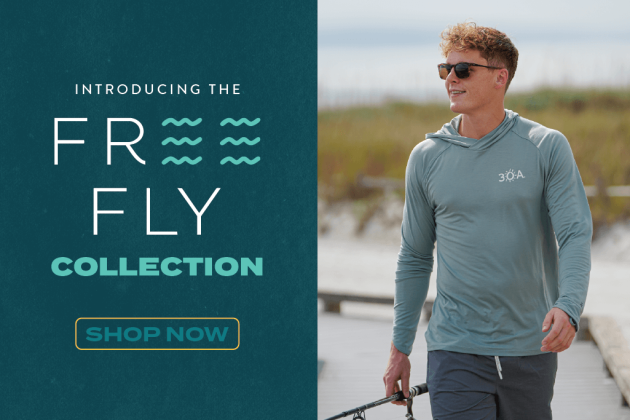Maybe you’ve lived on the coast your whole life, or perhaps you just visit a few times a year. Either way, you’ve probably seen little white crabs scooting across the sand at night.
The Ocypode Quadrata, also known as the Ghost Crab, is found in tropical and subtropical climates around the world. No stranger to Florida’s Gulf Coast, the creature is nocturnal, although they sometimes make daytime appearances as well.
Ghost Crabs are generally pale in color, but they have the ability to change color to blend in with their surroundings.
Ghost Crabs have a square body that can grow up to three inches in size. They have four pairs of legs, one pair of claws and stalked eyes that can swivel 360 degrees. Ghost Crabs make a unique bubbling sound by hitting their claws on the ground and rubbing their legs together. Their scientific name, Ocypode means “fast feet,” as they’re often seen darting sideways at up to 10 miles per hour.
While the Ghost Crab breathes oxygen, they must also maintain plenty of moisture in their gills. They do this by acquiring water at the edge of the gulf or by getting moisture from damp sand. Ghost Crabs feed on sea turtle hatchlings, turtle eggs, clams, insects, and other crabs.
 Ghost Crabs live in tiny burrows in the sand, preferring a solitary life with only one crab per burrow.
Ghost Crabs live in tiny burrows in the sand, preferring a solitary life with only one crab per burrow.
Dug at a 45-degree angle, these burrows may be up to four feet deep. They create the angled entrances so that the onshore breeze can blow into them for ventilation. The habitats can also easily be closed off during the heat of the day to keep the crabs cool.
Of course, while it’s part of many childhood rituals to chase Sand Crabs at night (rarely actually catching them, of course), please use the opportunity to teach children about these special creatures, and to always respect and value life.
Please also remember to always use turtle-safe flashlights when on the beach at night! Our local sea turtles need your help.
Written by Mitch Jaugstetter with contributions from Laurie Reichenbach of the Volunteer Beach Ambassadors







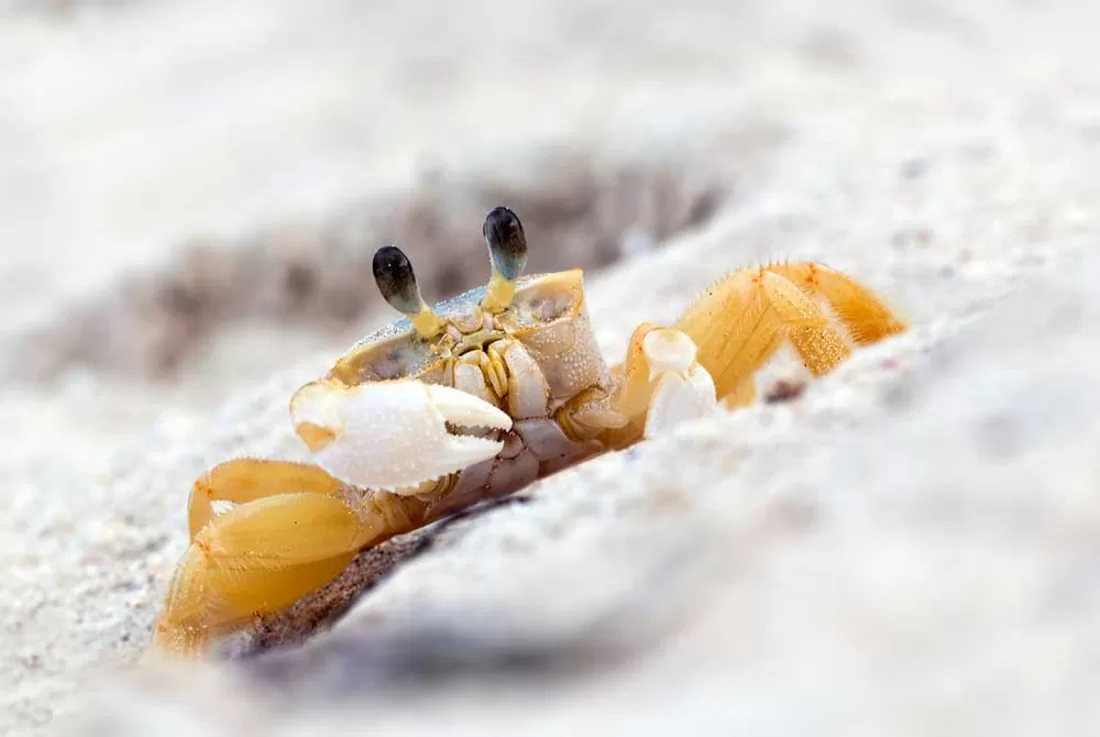
 Ghost Crabs live in tiny burrows in the sand, preferring a solitary life with only one crab per burrow.
Ghost Crabs live in tiny burrows in the sand, preferring a solitary life with only one crab per burrow.